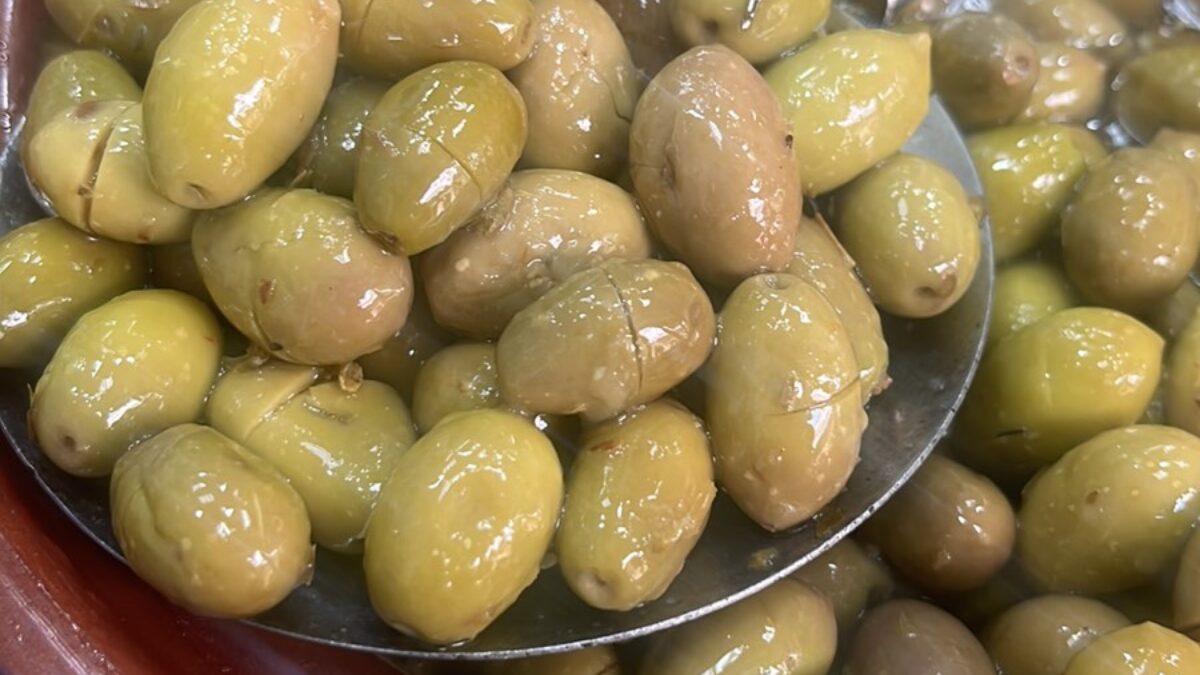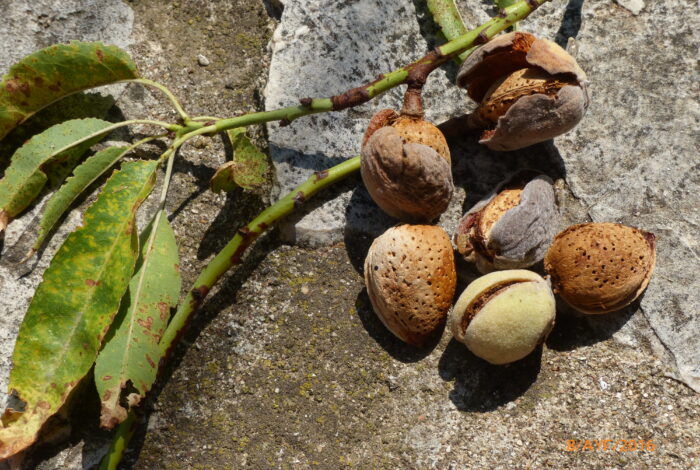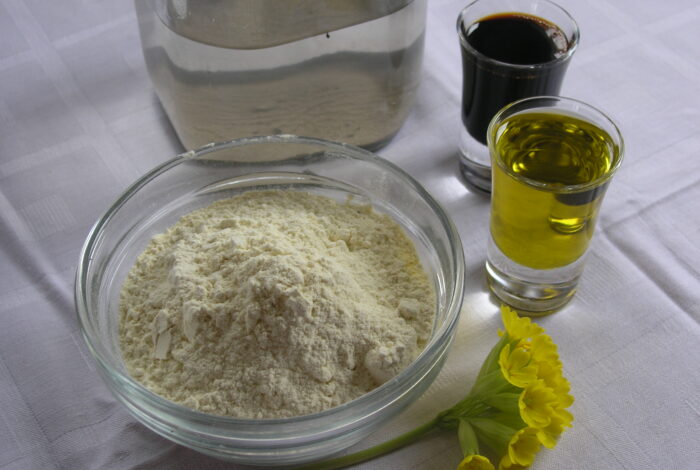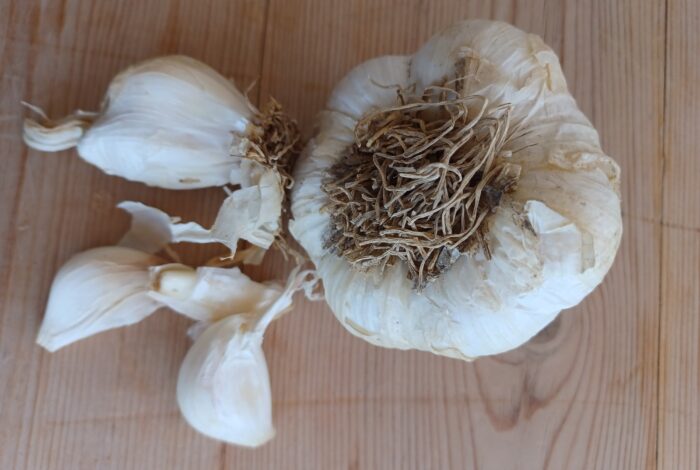Soultana-Maria Valamoti
Olives have grown around the Mediterranean for millennia. Fossilised olive leaves dating back roughly 40,000 years have been discovered in Santorini. Archaeological excavations in Crete have uncovered remains such as olive wood and pits dating to the 5th millennium BC, with relatively more recent discoveries in the Peloponnese as well. Olives seem to have been introduced to the area of the North Aegean rather later in the prehistoric period; here, the first traces of olive cultivation come in the form of traces of pollen and olive wood dating to the 3rd and 2nd millennia BC. During the Bronze Age, olives were cultivated in southern Greece for their oil, which was exported throughout the Mediterranean, transported in special clay vessels known as stirrup jars. Olives and oil are also mentioned in Linear B tablets dating to the latter half of the 2nd millennium BC, while Homer also mentions groves of olive and other trees, such as pear, apple and pomegranate trees in the Odyssey.
While olives are most closely associated with the production of olive oil, the fruit itself was a notably popular treat in ancient Greece, and table olives came in a dizzying variety of preparations, qualities and places of origin. Thus, for example, Aristophanes (4th – 3rd century BC) twice mentions ‘thlasti’, a form of split olives; in fact, in one of these cases he even opines that these were superior to ‘almada’, olives kept in brine. The poet Eupolis, who lived in Athens in the 5th century BC, as well as later writers, such as Archestratus (4th century BC), mention the term ‘drypepis’, olives left to ripen on their trees. Ancient Greeks consumed an incredible variety of olives: apart from ‘thlasti’, ‘almada’, and ‘drypepis’, they also consumed olives in ‘gergerimon’, ‘pityrin’, and ‘lefki’ form. A passage from the work of the poet Callimachus, writing in the 4th century BC, mentions ‘gergerimon’, olives ripened to the point that their flesh had become prune-like, ‘pityrin’, very small olives, and ‘lefki’, light-coloured olives. According to Callimachus, these forms of olives were preserved in brine. The poet also employs a striking term, ‘kolymvades’ – swimmers – to describe olives kept in brine and served as side dishes for meals. These olives were also known as ‘almades’, a term found in Aristophanes. The historian Polybius (2nd century BC) describes a notably large variety of olive: he compares sizes between what he calls ‘goggyles’, probably meaning large olives, and Libyan persimmons.
Today, several thousand years later, those large green olives, the shrivelled Thasos throuba olives, and the almades that have retained their ancient name, continue to play a major role in Greek culinary habits. Cracked olives from Mani and other regions throughout Greece, prepared by crushing with stones before processing, remind us of the ancient split olives.










